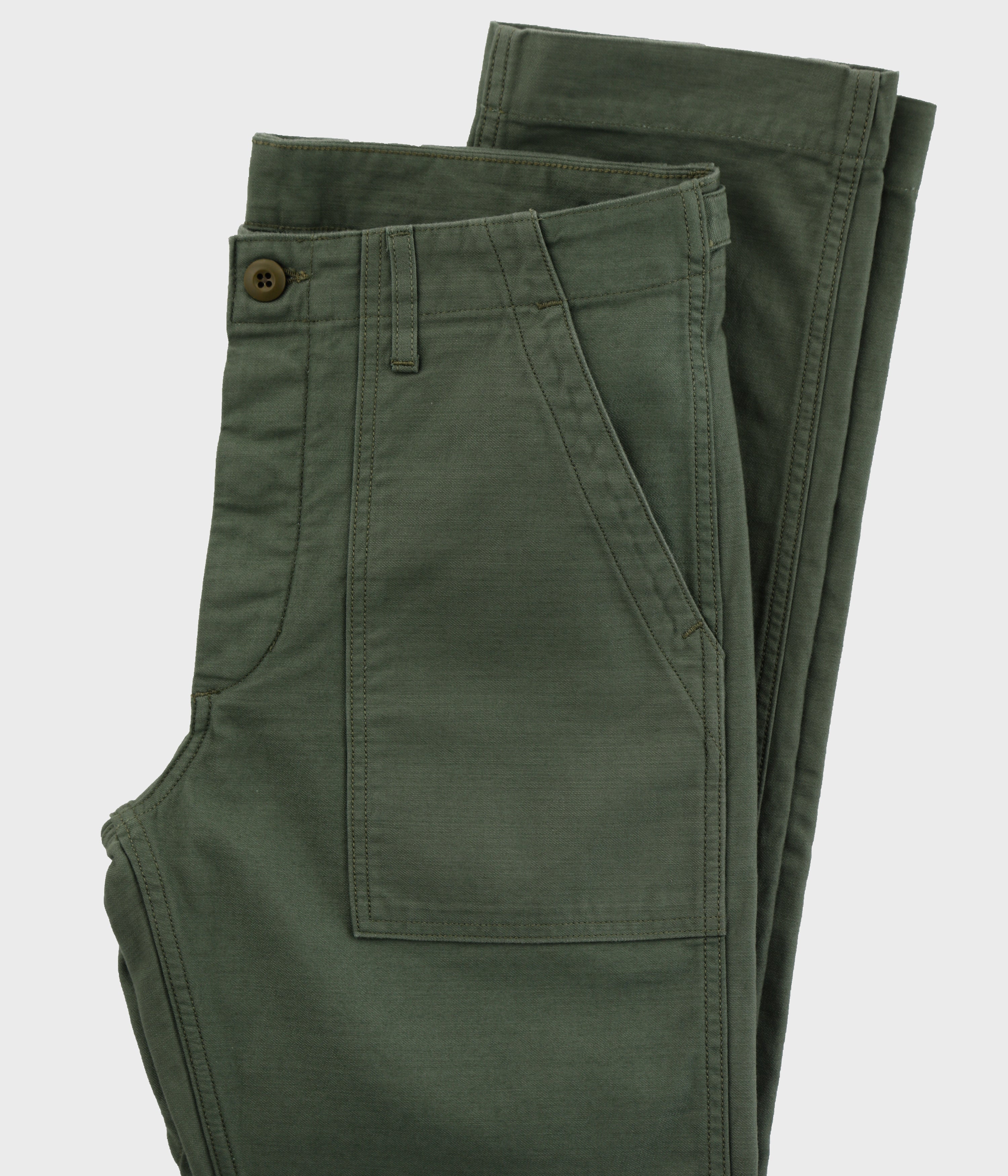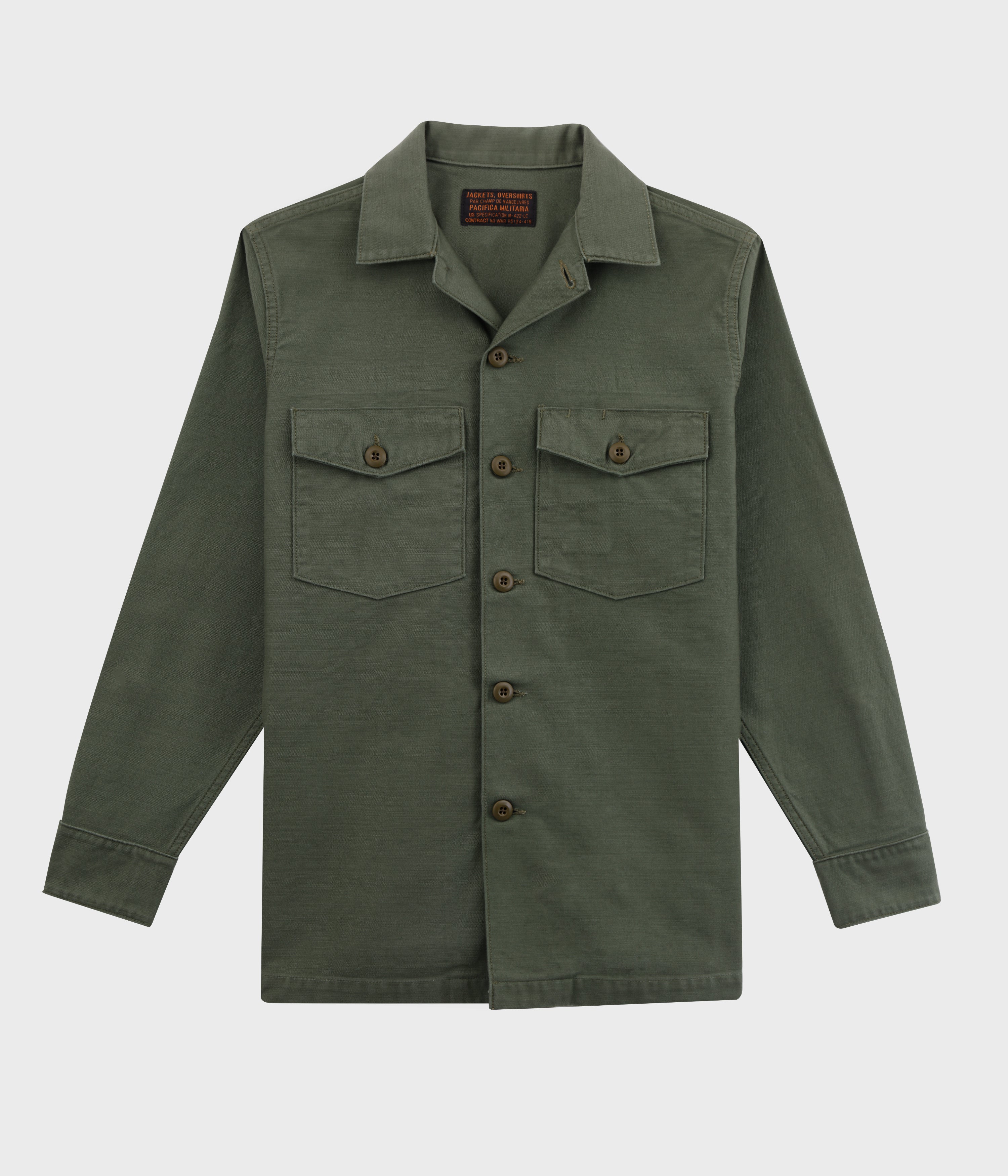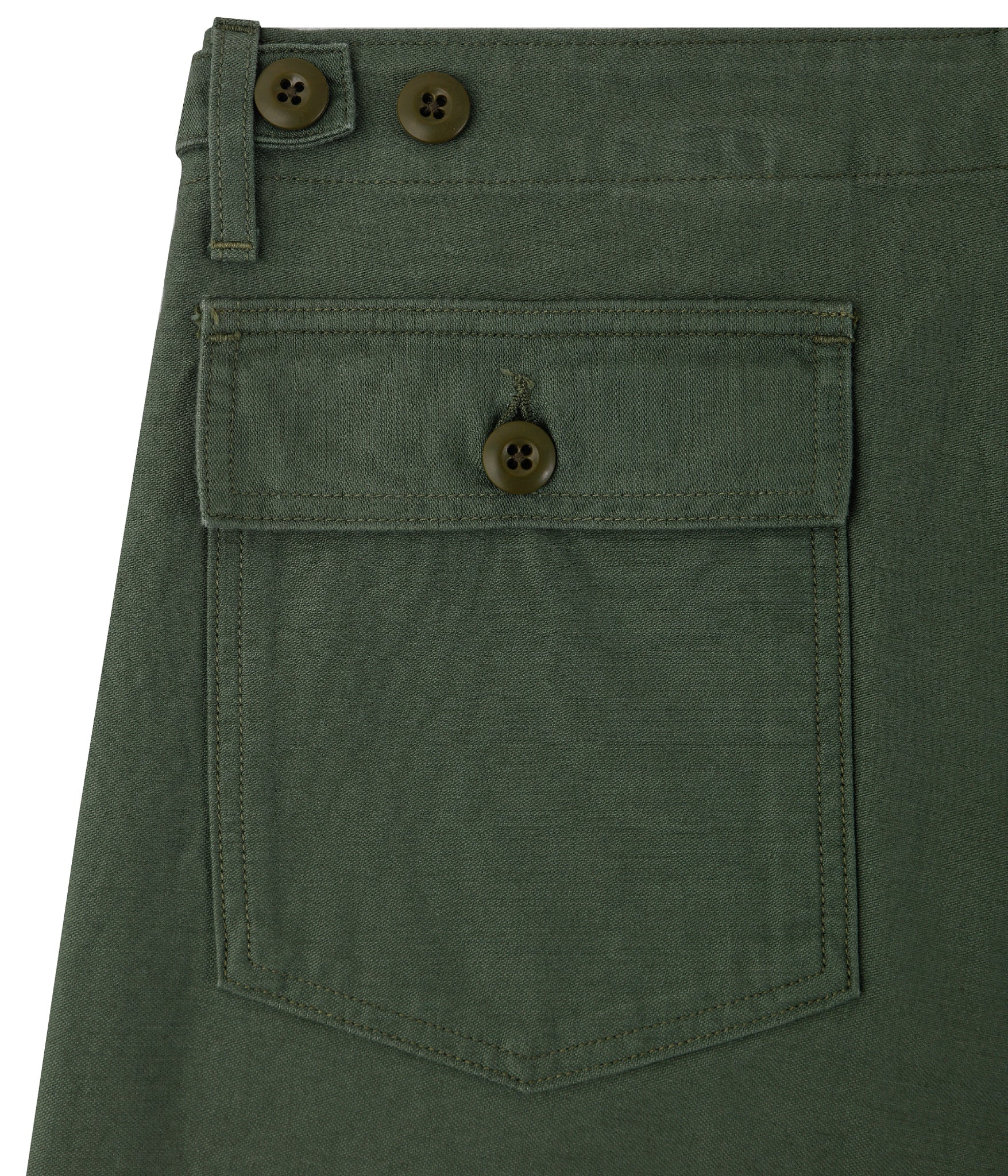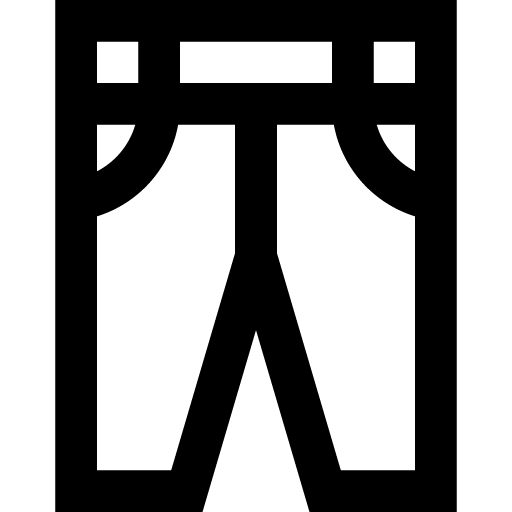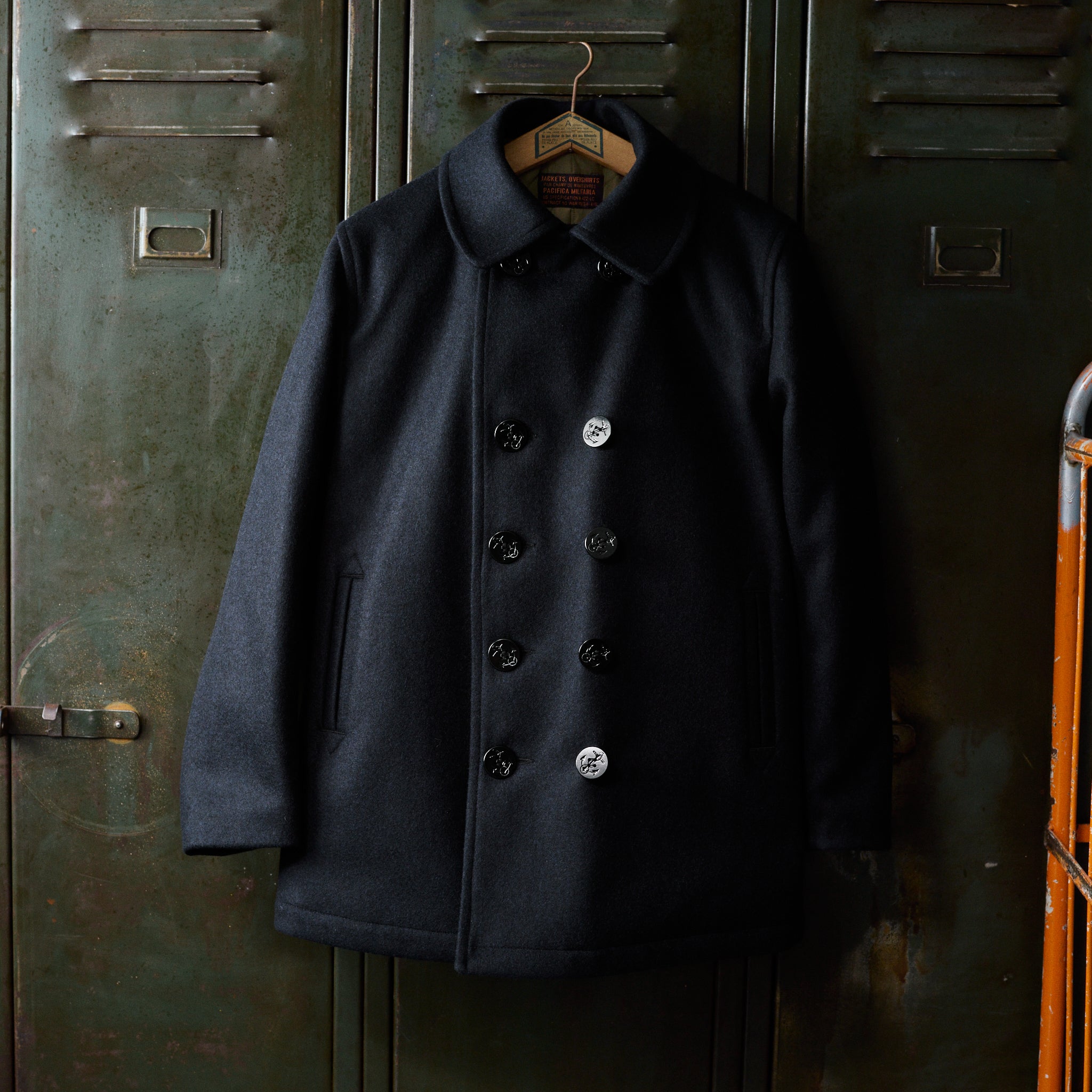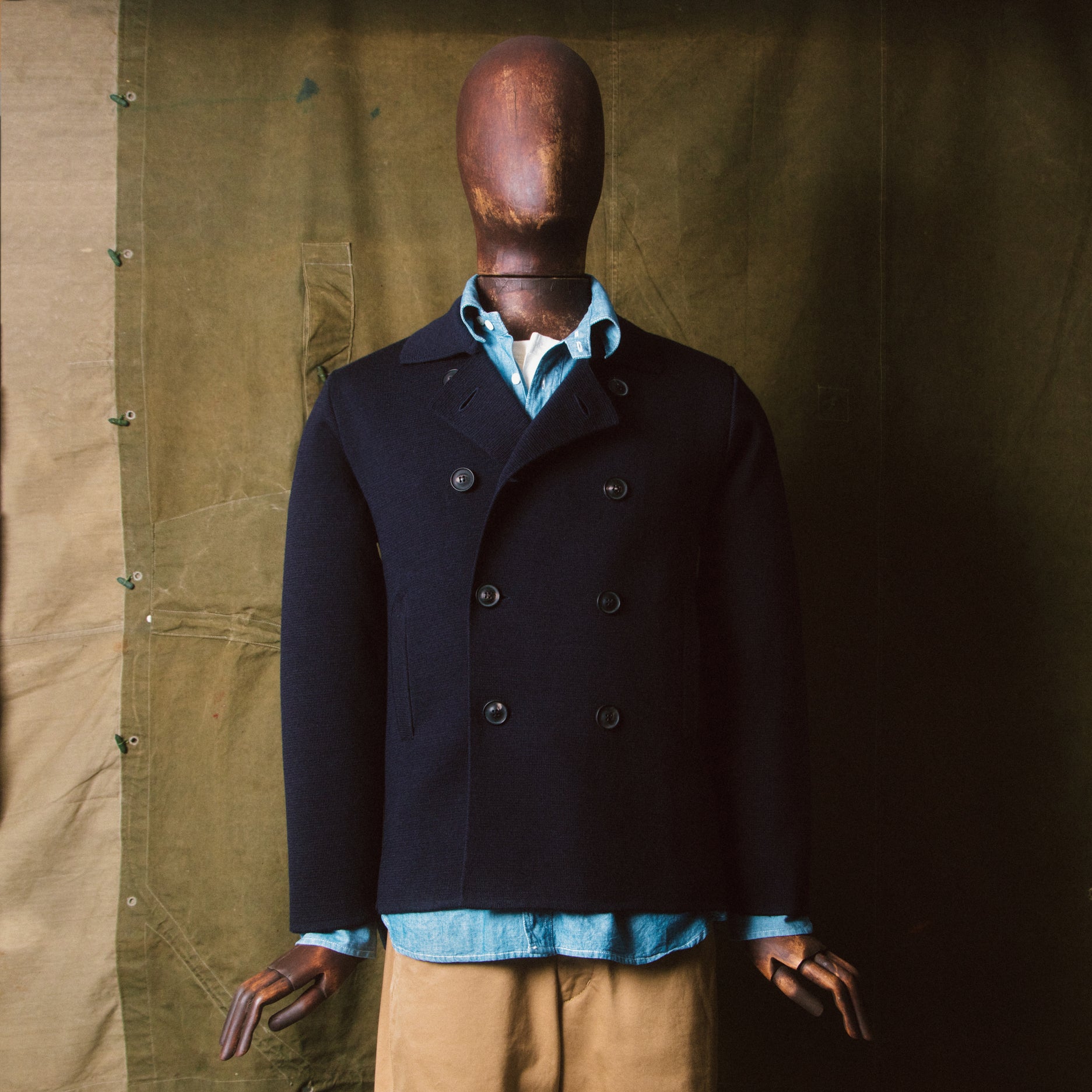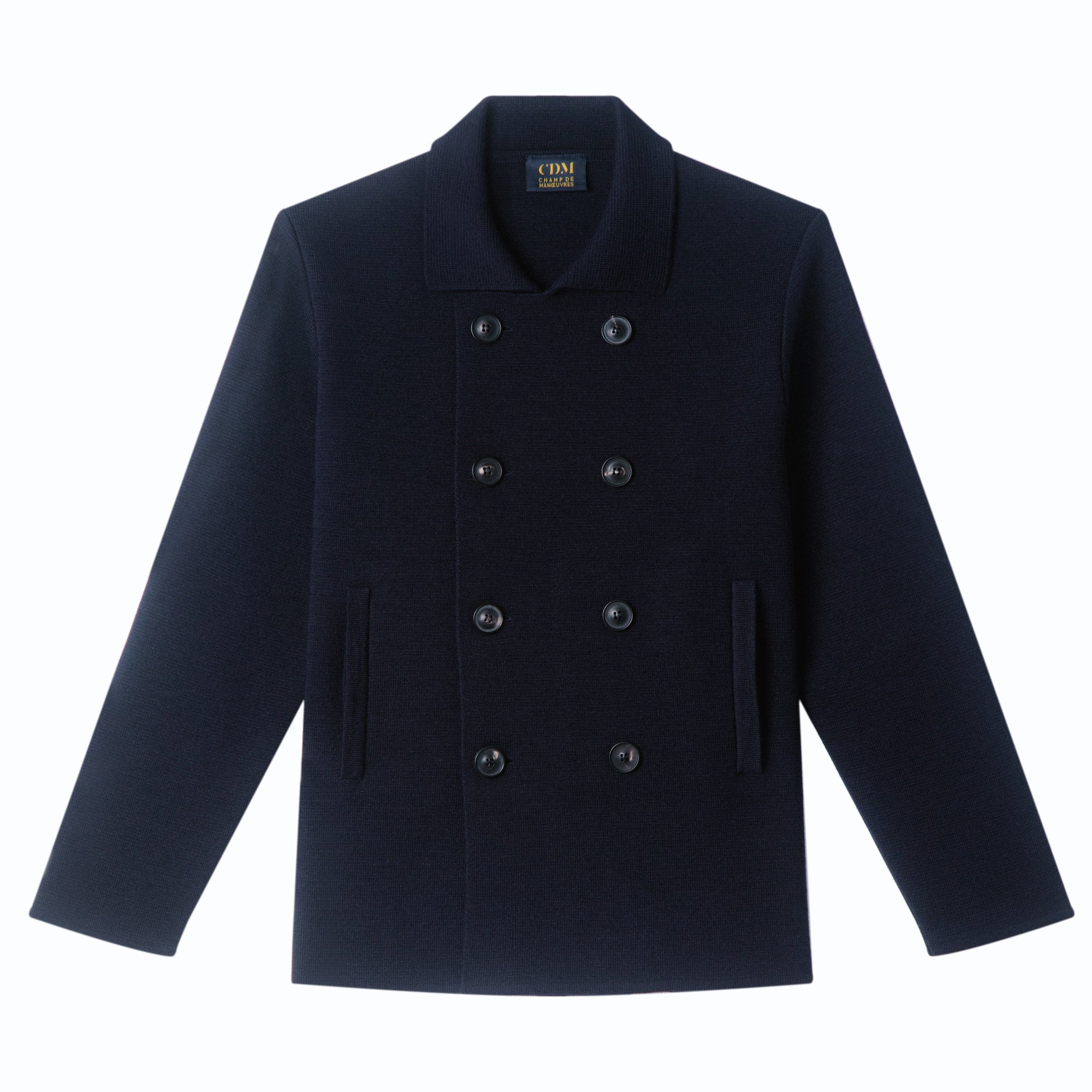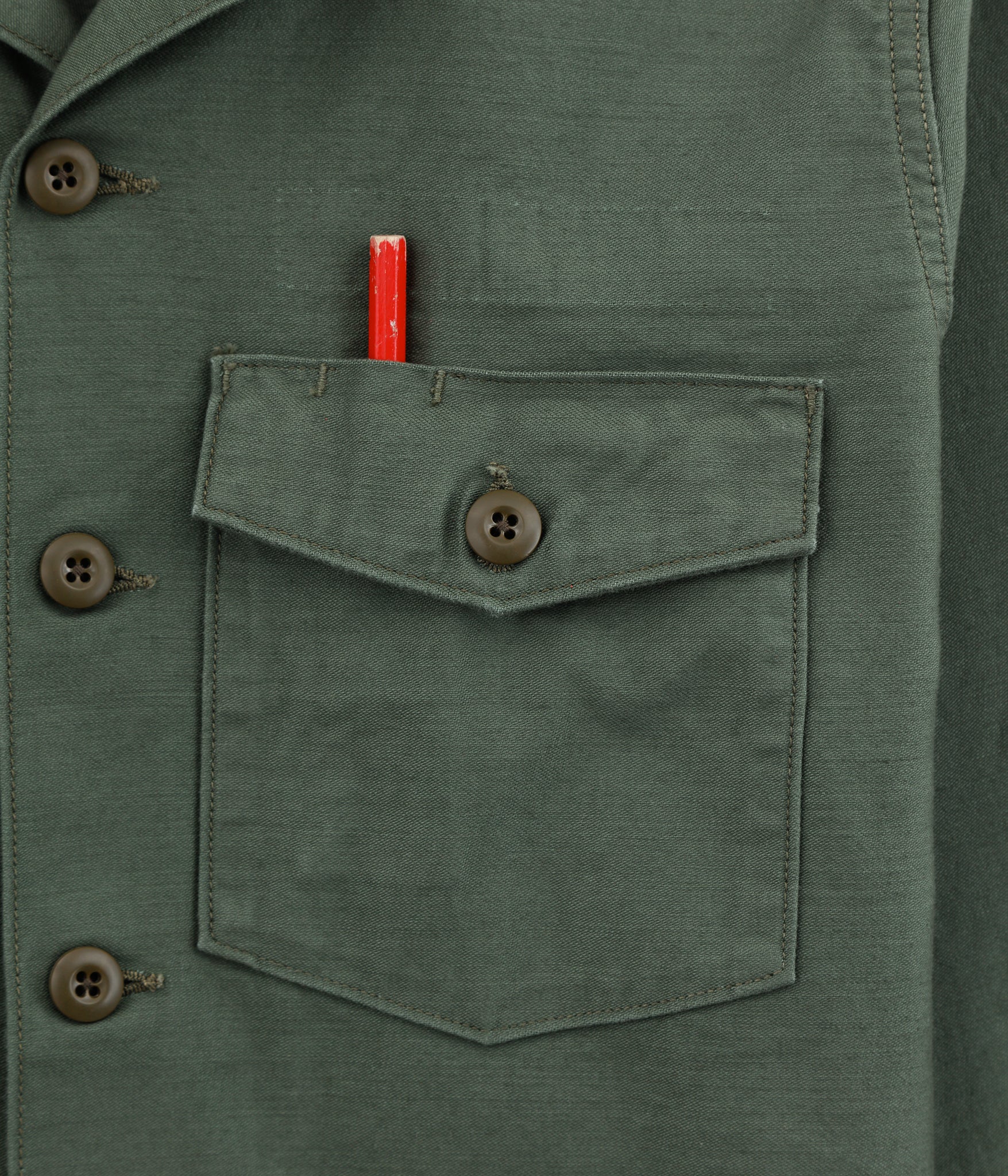
Textile care symbols are an international system of pictograms used to provide washing, dry cleaning, drying, ironing and other treatment instructions to the user of one garment or another textile article. These symbols are usually printed on a care label inside a garment or on a strip of fabric sewn into the hem.

Textile care symbols are regulated by the international standard ISO 3758. This standard defines the symbols, their meanings and their conditions of use. Textile care symbols are used in many countries around the world, including Europe, the United States, Canada, Australia and New Zealand.
Washing
The wash symbol is a square with one or more waves inside. The number of waves indicates the maximum temperature at which a garment can be washed, in degrees Celsius. A wave number, bar or cross inside the wash symbol indicates additional instructions such as hand wash, machine wash low or machine wash high.
Dry cleaning
The dry cleaning symbol is a triangle with one or more circles inside. The number of circles indicates the types of solvents that can be used to clean a garment. A circle, bar, or cross inside the dry cleaning symbol indicates additional instructions such as dry cleaning with or without water, dry cleaning with specific solvents, or not dry cleaning.
Drying
The drying symbol is a square with one or more dots inside. The number of points indicates the maximum temperature at which a garment can be dried, in degrees Celsius. A number of dots, a bar, or a cross inside the drying symbol indicate additional instructions such as air drying, tumble drying low, or tumble drying high.
Ironing
The ironing symbol is an iron with one or more dots inside. The number of points indicates the maximum temperature at which a garment can be ironed, in degrees Celsius. A number of dots, a bar or a cross inside the ironing symbol indicate additional instructions such as low temperature ironing, high temperature ironing or no ironing.

How to interpret textile care symbols
To interpret the textile care symbols, simply find the symbol that corresponds to the treatment you want to carry out. The number of waves, circles, dots or bars within the symbol indicates the maximum temperature to which the garment can be subjected to treatment, or additional instructions. If the symbol has a cross inside it, the garment should not be subjected to this treatment.
Here are some tips for textile care:
- Read fabric labels carefully before washing, dry cleaning or ironing your clothes.
- Follow label instructions to preserve the appearance and life of your clothing.
- Use cleaning products and detergents appropriate for the type of fabric you are cleaning.
- Dry your clothes on low heat to prevent them from losing their shape or shrinking.
- Iron your clothes at low temperature to avoid burning them.
- To iron leather, you can use a printer sheet to reduce the temperature of the soleplate of your iron; or directly on the leather without steam, this operation is called leather glazing.
Read more
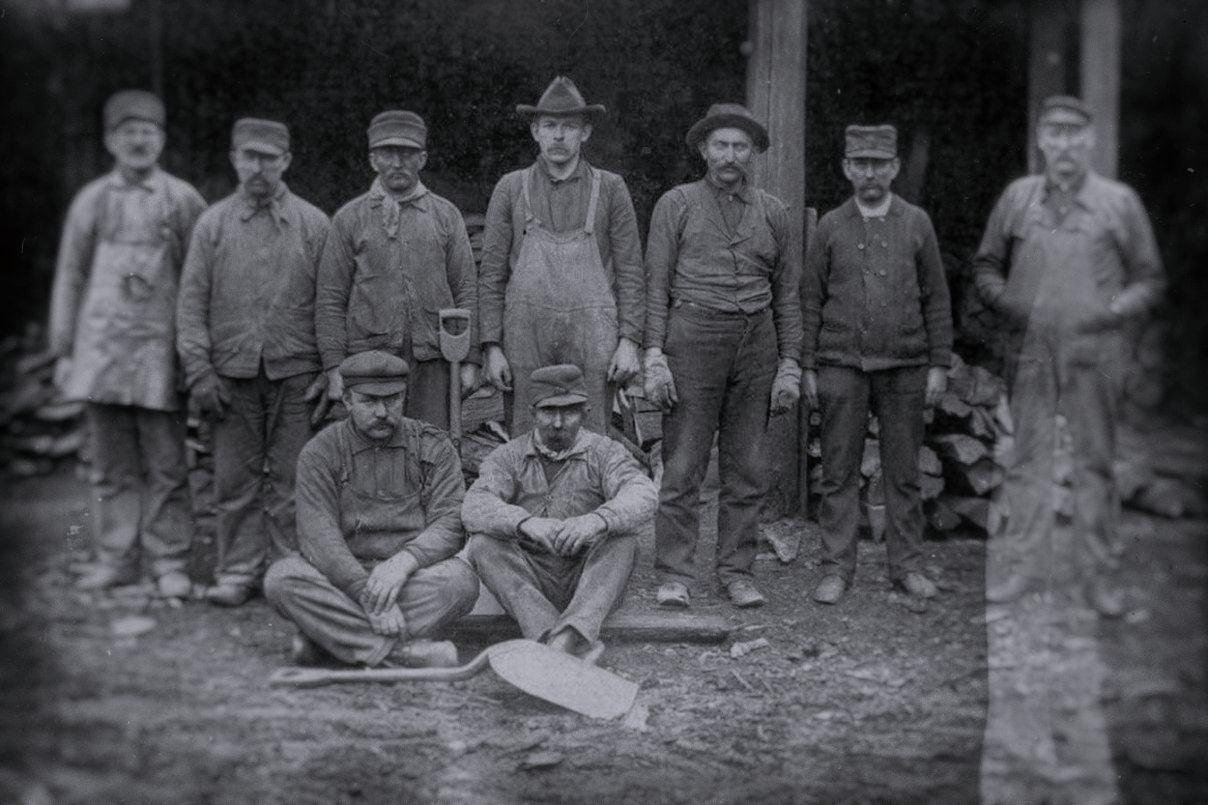
The work jacket is the uniform of the worker, the manual worker. Factory work clothes became widespread at the end of the 19th century. It is at the beginning of a blouse.

The simple and practical guide to washing and maintaining your clothes, cotton, wool, leather...


